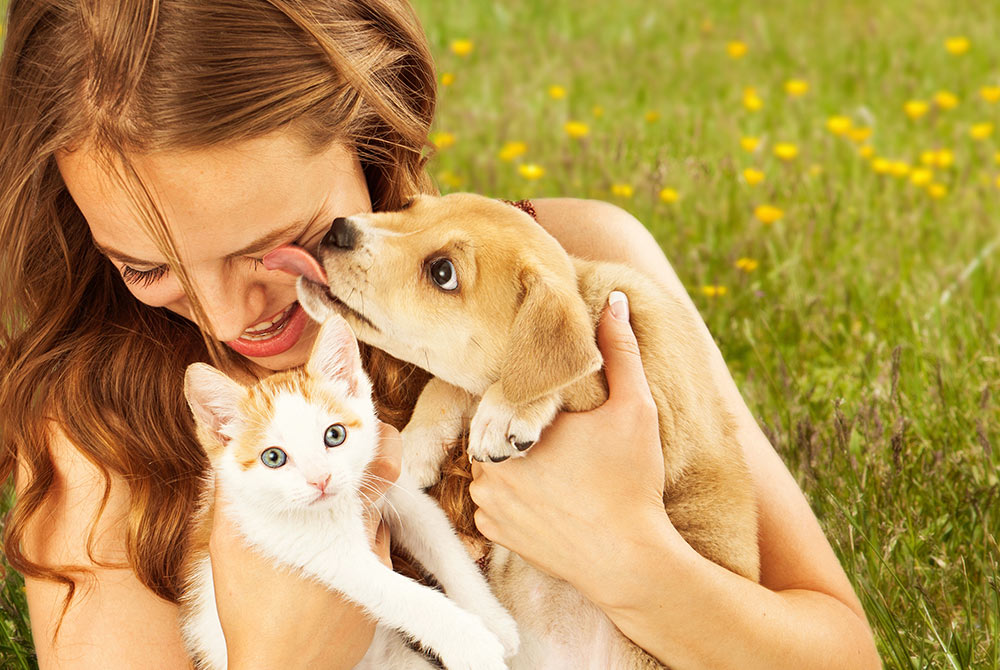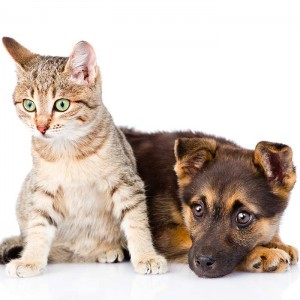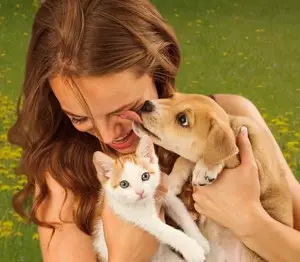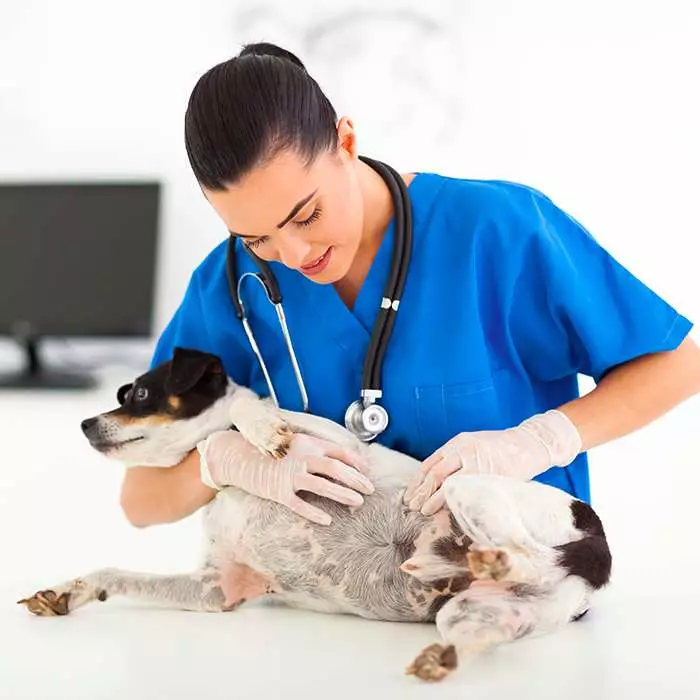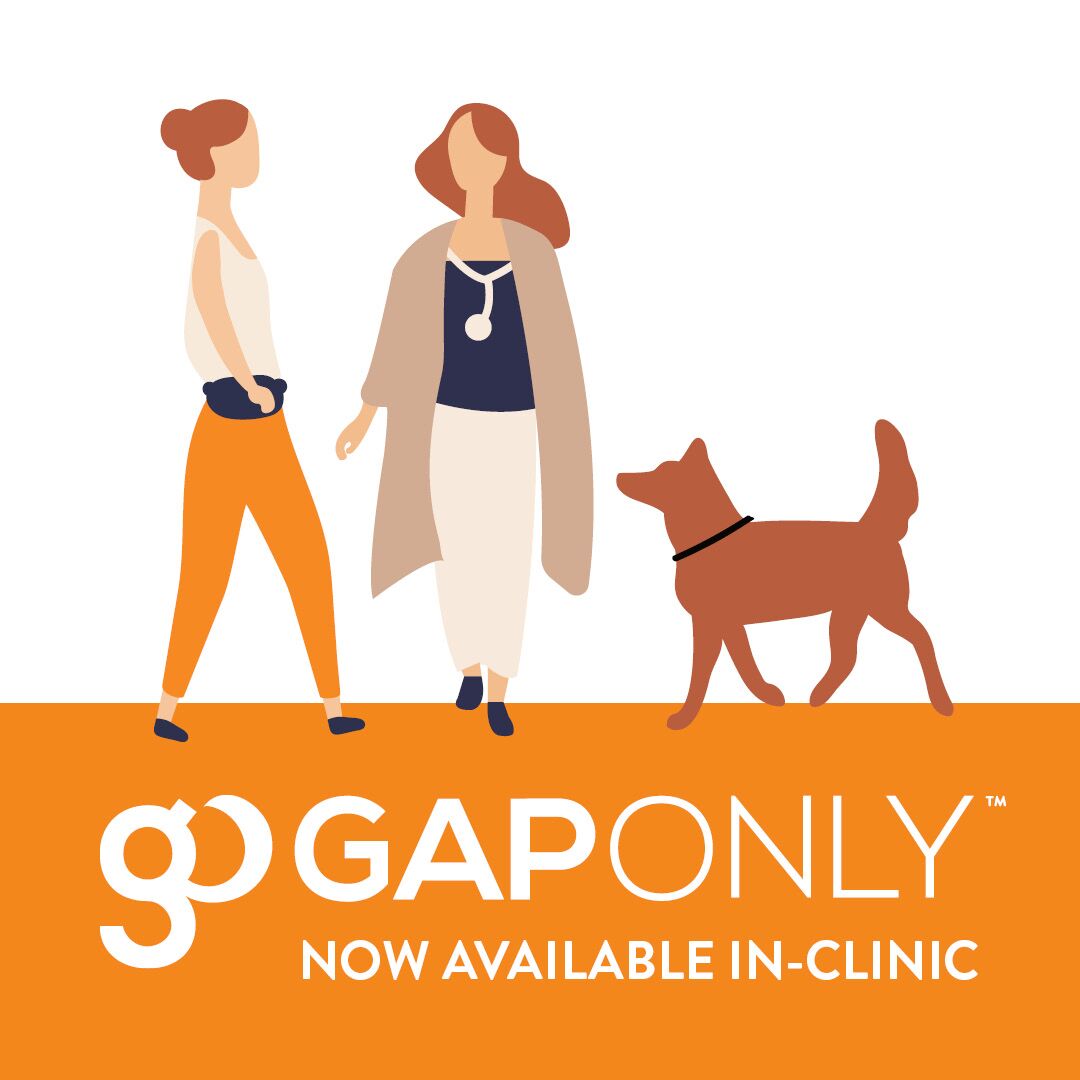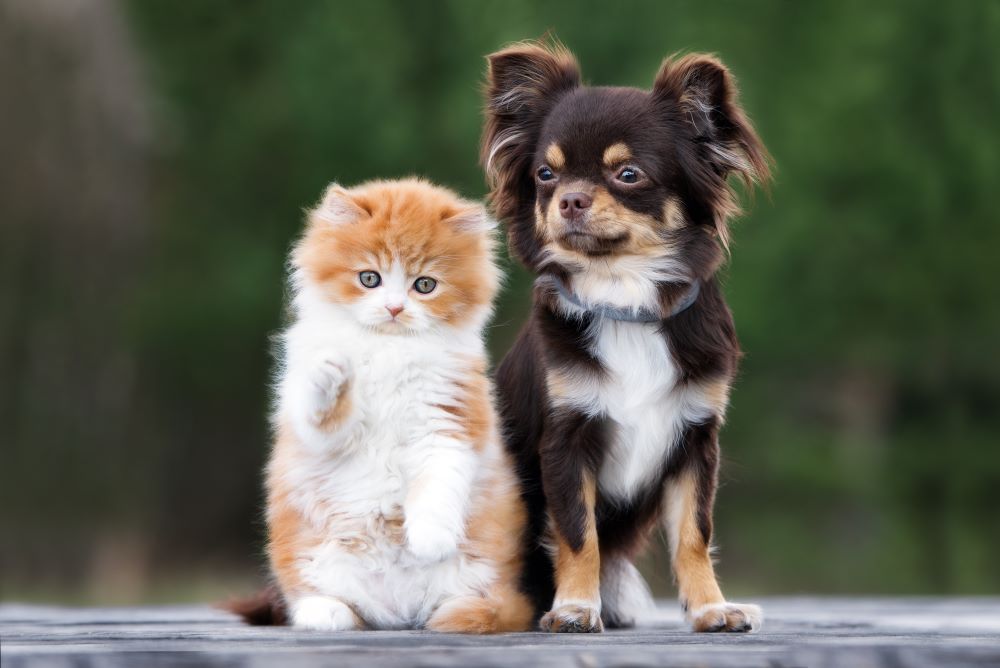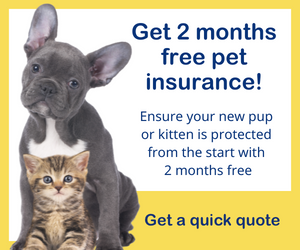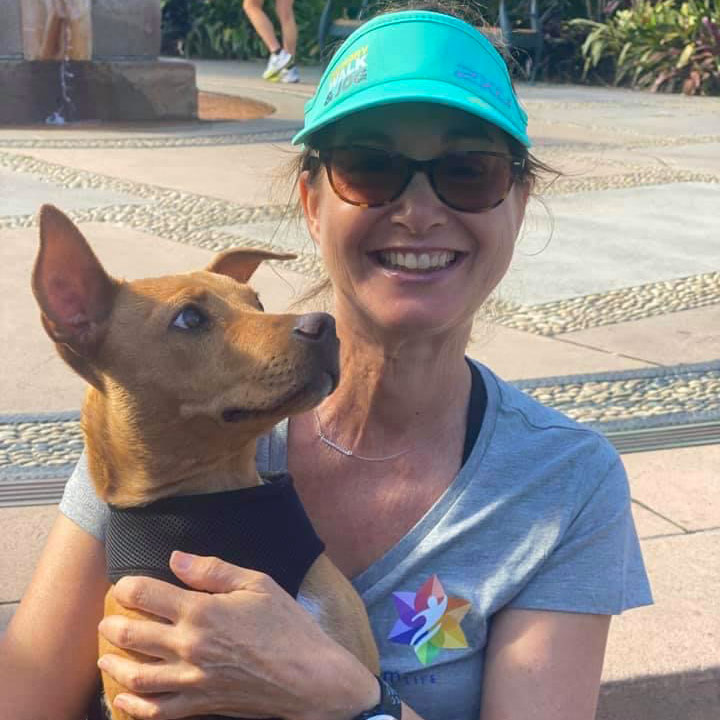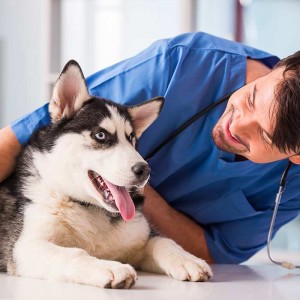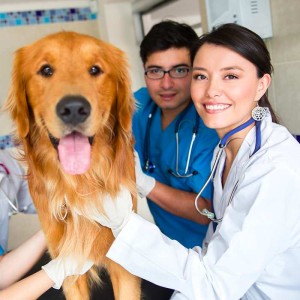How much does it cost to own a pet dog or cat in Australia today?

How much does it cost to own a dog? How much does it cost to own a cat? If you are one of the many Australians wanting to add a pet to your household, you are wise to investigate the cost of pet ownership before taking the plunge.
Depending on the type of pet and many other contributing factors, the cost of pet ownership can vary widely, so it’s important to obtain accurate information. But don’t worry—we’ve collected all the figures so you don’t have to. Whether you’re asking how much does it cost to own a dog, or researching the cost of owning a cat in Australia, this article should answer some of the big questions about the cost of pet ownership and help you make the important decision.
Annual cost of owning a dog
According to the Pet Ownership Report, Australian dog owners spent an average of $4,247 per household in 2022. This is an estimate of the cost of owning a dog in Australia as some dogs will incur higher expenses than others; for example, feeding costs of a giant sized dog can be considerably higher than those of a toy or miniature. Vet bills can also be higher for larger dogs in some cases, while some breeds tend to have more health related issues than others.
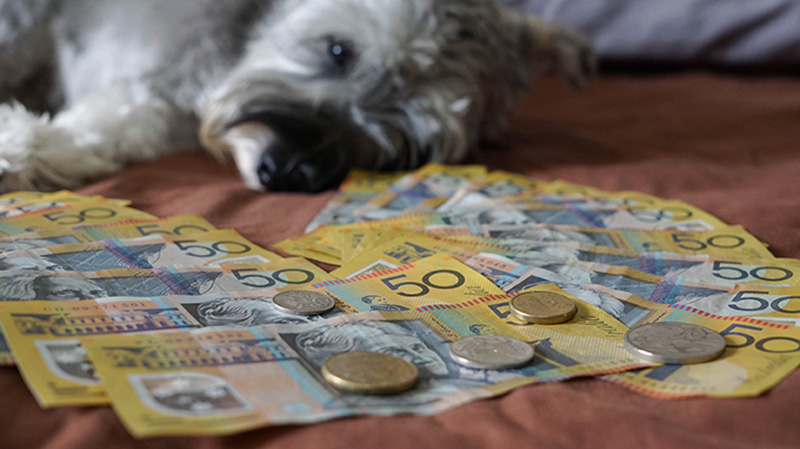
The breakdown of dog-related expenses
How did the researchers reach the average figure of $4,247? The table below breaks down the average annual spend into 12 categories where the most dog-related expenses occurred, from highest to lowest.
Category |
Dogs – Average spend in 2022 |
| Food | $2,024 |
| Veterinary services | $631 |
| Products or accessories | $349 |
| Healthcare products | $323 |
| Clipping and grooming | $196 |
| Training, behaviour, therapy | $166 |
| Pet Insurance | $152 |
| Boarding, minding | $104 |
| Walking | $95 |
| Competitions, memberships | $71 |
| Transport | $70 |
| Alternative healthcare treatments | $65 |
Annual cost of owning a cat
According to the Pet Ownership Report, Australian cat owners spent an estimated average of $2,718 per household in 2022. This is an estimate of the cost of owning a cat in Australia as some cats will incur higher expenses than others.
The breakdown of cat-related expenses
How did the researchers reach the figure of $2,718? The table below breaks this figure down the average annual spend into 11 categories where the most cat-related expenses occurred, from highest to lowest.
Category |
Cats – Average spend in 2022 |
| Food | $1,595 |
| Veterinary services | $388 |
| Healthcare products | $280 |
| Products or accessories | $181 |
| Pet Insurance | $94 |
| Clipping and grooming | $70 |
| Boarding, minding | $53 |
| Training, behaviour, therapy | $22 |
| Transport | $16 |
| Alternative healthcare treatments | $7 |
| Competitions, memberships | $6 |
Note that the above figures are estimates based on a survey of pet owners who may have spent nothing in some categories, for example, pet insurance. This is why the average figures quoted above may appear lower than expected.
The actual cost of pet ownership depends on many individual factors, including the type, breed, size and age of the animal, the food (and amount of it) they eat, their predispositions to illness and whether or not they take out pet insurance.
Estimating food costs for dogs and cats
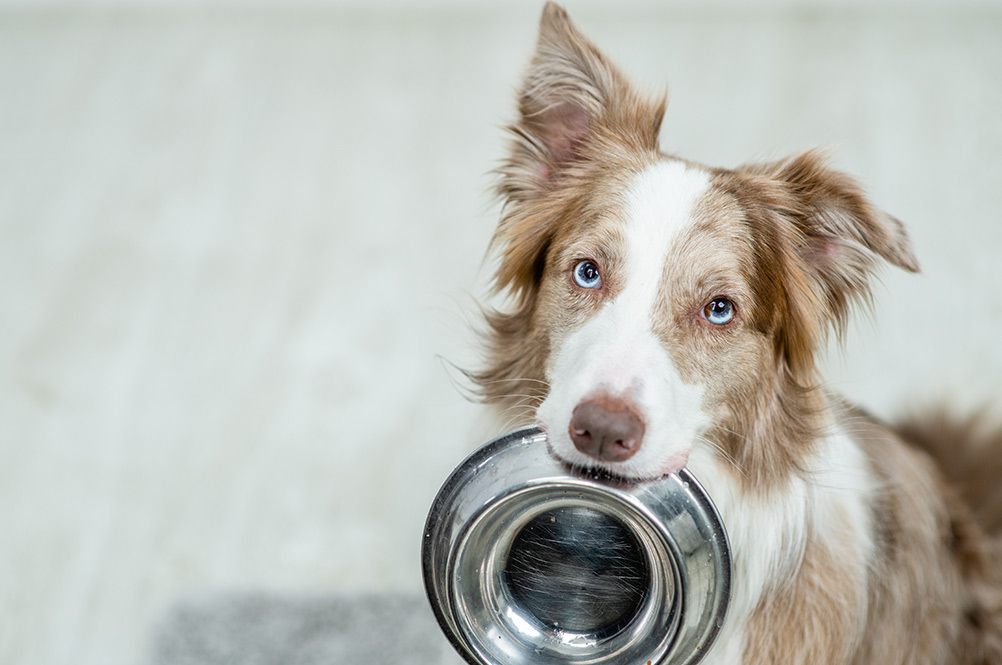
Annual food costs top the list of expenses for both dogs ($2,024 on average) and cats ($1,595 on average) by far. However, the actual cost of pet food can vary widely between individual animals, depending on factors such as their size, breed, age, health, food preferences, veterinary recommendations, and the owner’s budget and dietary choices pertaining to their pet (dry, wet, raw, homemade, grain-free, etc).
While the majority of pet owners tend to purchase conventional pet foods (kibble or tins of wet food) from supermarkets or pet stores, around 20% of pet parents report that they purchase premium, expensive human food for their fur babies. The growth of online shopping has facilitated the emergence of subscription pet food services offering an assortment of dietary options at a range of prices, but generally more high-end. As food is the biggest expense for both dogs and cats, it’s important to think about where you fit in this mix in order to obtain a more accurate estimate of the cost.
Estimating veterinary costs for dogs and cats
Although they are somewhat higher for dogs ($631) than for cats ($388), veterinary expenses are second only to food for both species when it comes to estimating the average cost of pet ownership in Australia. The report found that 84% of dog owners and 69% of cat owners had taken their pet to the vet in the preceding year, with an average spend of $1,220 for dogs and $936 for cats over the course of the year. This amount can vary considerably between individual animals, and also depends whether there is a pet insurance policy in place to cover some of the costs.
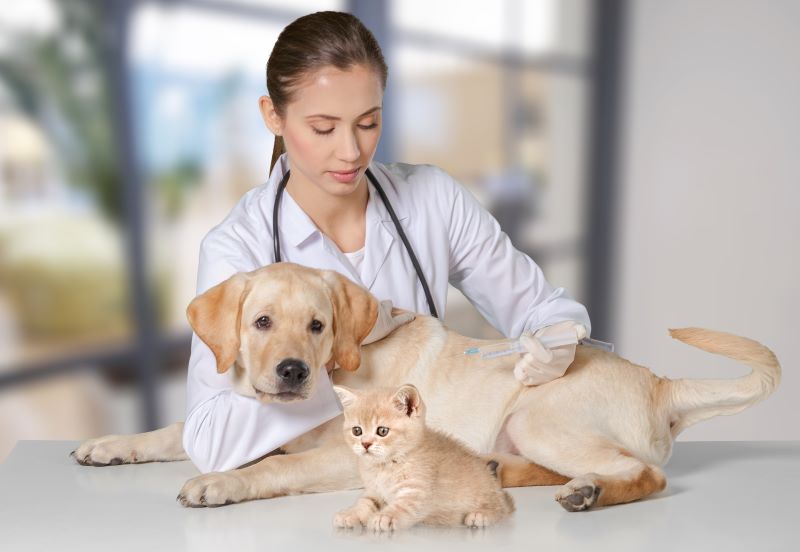
On average, both cats and dogs pay two visits to the vet each year. The most common reasons for these visits are general check-ups and vaccinations, followed by eye, ear and skin conditions, de-sexing, dental care and gastrointestinal issues.
To help you decide whether Pet Insurance is a worthwhile investment when it comes to probable and possible veterinary costs, see our article Is Pet Insurance Worth It?
To help find the right vet for you and your pet, see our article Finding the right vet

